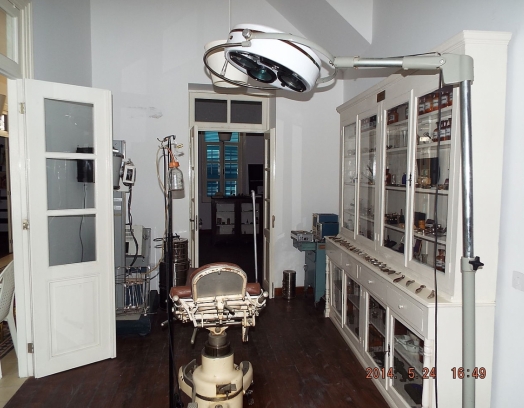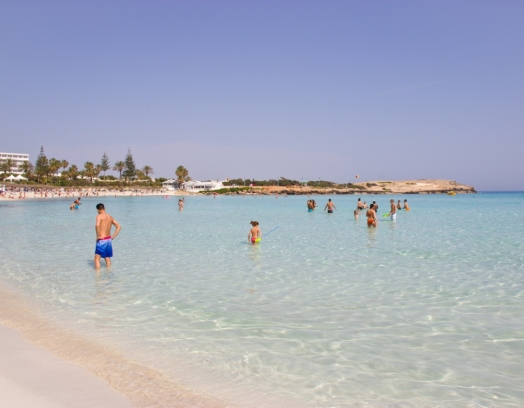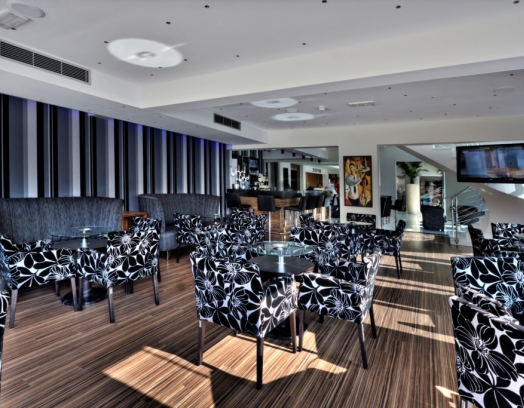Following his resurrection, Christ’s student and friend Lazarus had to seek refuge in Cyprus from the High Priests of Israel. After settling down in Kition (Larnaca), Lazarus had devoted himself entirely to his faith. Here he preached the teachings of Christ and became the first bishop of Larnaca taking the order before apostle Barnabas and Paul.
After his death, Lazarus was buried in a small church in a cave. Legend has it that during his visit to Cyprus, emperor Leo the Wise had acquired the relics of the bishop of Kition and ordered the construction of a three-dome church at the site of the saint’s grave. The Byzantine emperor brought Lazarus’s relics to Constantinople, where he ordered the construction of another church dedicated to St. Lazarus. However, the relics were looted from the byzantine capital by the crusaders and resurfaced in Marseille. They were later returned to Cyprus.
It took four years to build the first church. A result was a large three-aisled basilica with three apses and domes. Legend has it that once during the hour of sunset a Muslim man mistook the church of St. Lazarus for a mosque and turned to it for his evening prayer. Realizing his mistake, he ordered that the Christian domes be destroyed. However, historical accounts claim that the church was destroyed by an earthquake.
During the Venetian rule of Cyprus, the church of St. Lazarus became part of a monastery of the order of Saint Benedict. During the Ottoman rule it was turned into a mosque. Finally, in 1589 the church was finally purchased by the Christians.
Today the church of St. Lazarus is a three-aisled basilica complete with a gallery of arches on its south side and a tall bell tower built in the 19th century. The church’s thick walls resemble the walls of a medieval fortress and are adorned with narrow windows. A unique gold-plated iconostasis created by Chatzisavvas Taliadorou in 1782 shines through the semi-darkness of the church’s interior. Images of the Virgin Mary, Christ, apostles Peter and Paul, John the Baptist and Barnabas line the church’s walls. Also on display are the icons of Archangel Michael, John the Evangelist, St. Panteleimon and St. Antonio. The walls’ lower panels features biblical scenes like the Annunciation, the birth of Jesus Christ and the tree of knowledge.
The holiday panel of the iconostasis features images from the Virgin Mary cycle and the miracles of Christ. The apostle panel includes images of the apostles, the Deisis and the Church hierarchs.
The large golden-framed icon of St. Lazarus painted in 1734 is located left of the iconostasis. The church’s most valuable possession is the relics of St. Lazarus that are kept in a plinth in the central aisle. The high pulpit adorned with images of the evangelists symbolizes the place from which Christ had once preached as well as his ascension and resurrection. Large-scale icons of the Virgin Mary together with the Old Testament prophets and St. Lazarus surrounded by sister Martha, sister Maria, St. Nicholas and St. George adorn the walls of the church. A unique characteristic of the church interior is the large wood carved balcony that is rarely found in contemporary religious architecture.
Visitors can visit the cave chapel – the site of St. Lazarus’ grave – by walking down the steps located to the left of the iconostasis. One of the two stone sarcophaguses inside the chapel are said to contain his relics.
A museum that houses byzantine icons, crosses and other religious relics is located inside the old monastery to the left of the church.








